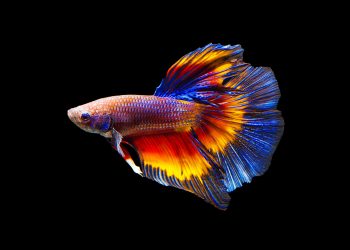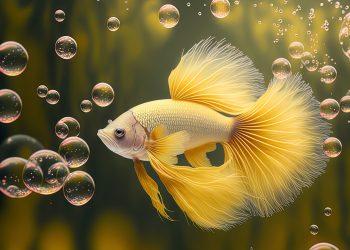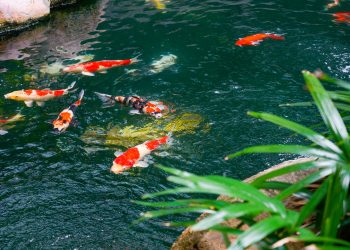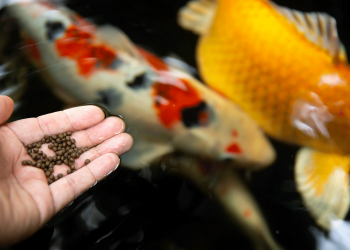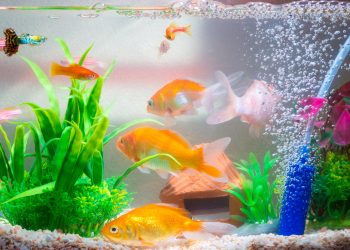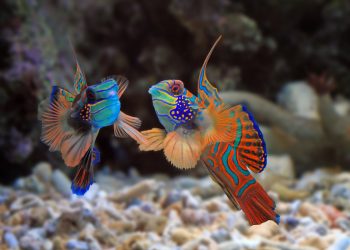1.Preparation:
Before you begin, wash your hands and arms thoroughly. Ensure that all electrical components like heaters, filters, and lights are unplugged to avoid any risk of electric shock.
2.Remove Decorations:
Take out any artificial plants or decorations. These should be gently scrubbed with warm water and a soft brush to remove any algae or debris. Avoid using soap or detergents as they can harm the fish.
3.Cleaning the Substrate:
If you have gravel or sand, a gravel vacuum is essential. This tool helps in removing food particles, waste, and other debris without the need to remove all the substrate.
4.Glass Cleaning:
Specialized aquarium scrubbers or algae pads should be used to clean the interior walls of the tank. Ensure the scrubber used is designated for your tank type – acrylic or glass.

Do You Remove Fish When Cleaning the Tank?
For minor cleanings, fish can usually remain in the tank. However, for more thorough cleanings, it’s safer to move the fish to a separate holding container filled with original tank water.
How to Keep a Fish Tank Clean Naturally?
Besides regular cleaning, maintaining a balance of beneficial bacteria is crucial. Live aquatic plants can also help in absorbing nitrates and other waste products. Keeping the right number of fish and not overfeeding are also essential practices. Moreover, a proper filtration system tailored to the tank size will assist in maintaining clear water.

How Often Should Fish Tanks Be Cleaned?
A partial water change (20-25%) is recommended every two to three weeks. This schedule helps in removing nitrates and replenishing essential minerals.
Where to Place Fish During Cleaning?
Transfer the fish to a holding container with original tank water. Ensure this container isn’t exposed to drastic temperature changes.

How Often Should You Change the Water?
Every 2-4 weeks. However, remember to dechlorinate tap water before adding it to the tank. Products like Tetra Aqua Safe can be beneficial.
When to Return Fish After Cleaning?
After ensuring the water temperature in the tank is stable and similar to that of the holding container, you can gently transfer the fish back.

Cloudy Water Causes:
Cloudiness can result from overfeeding, overstocking, bacterial blooms, or imbalances in water chemistry. Establishing a routine and ensuring proper tank maintenance will help address and prevent this issue.
In summary, fish tank maintenance, when done regularly and correctly, ensures the well-being of the aquatic life and keeps the tank looking aesthetically pleasing. Using the right tools and understanding the needs of your specific tank inhabitants will lead to a successful and healthy aquarium.

Next on your reading list:

